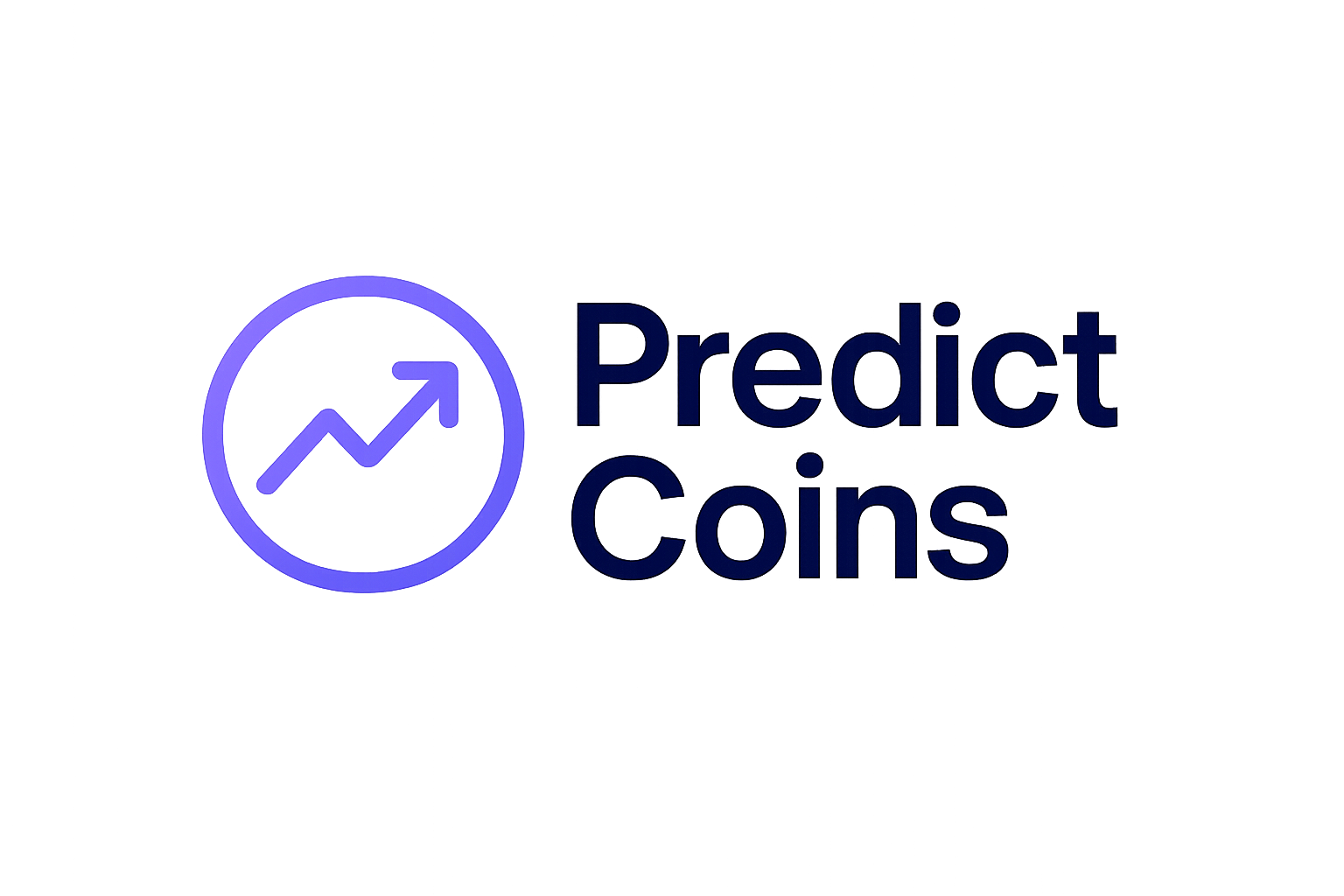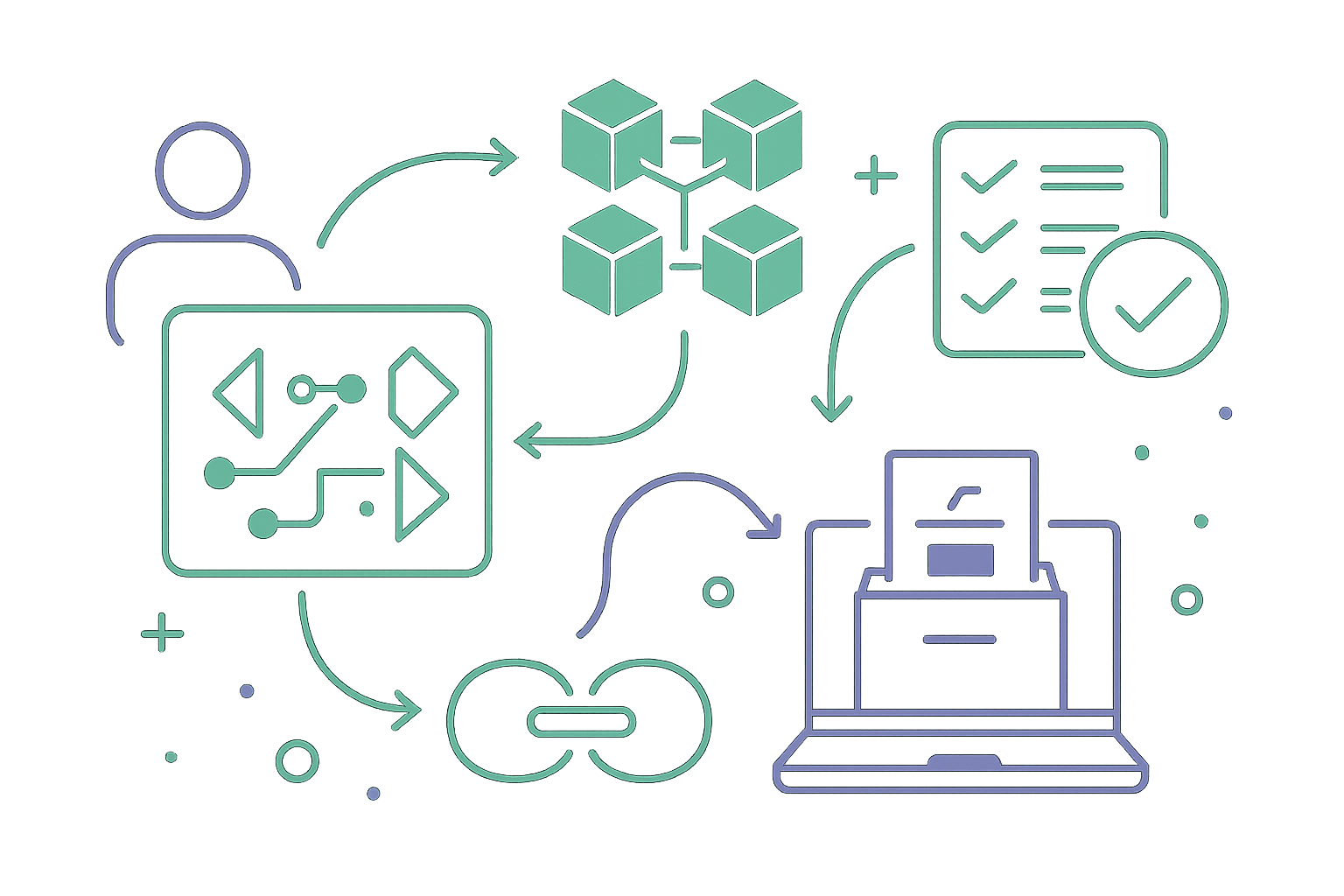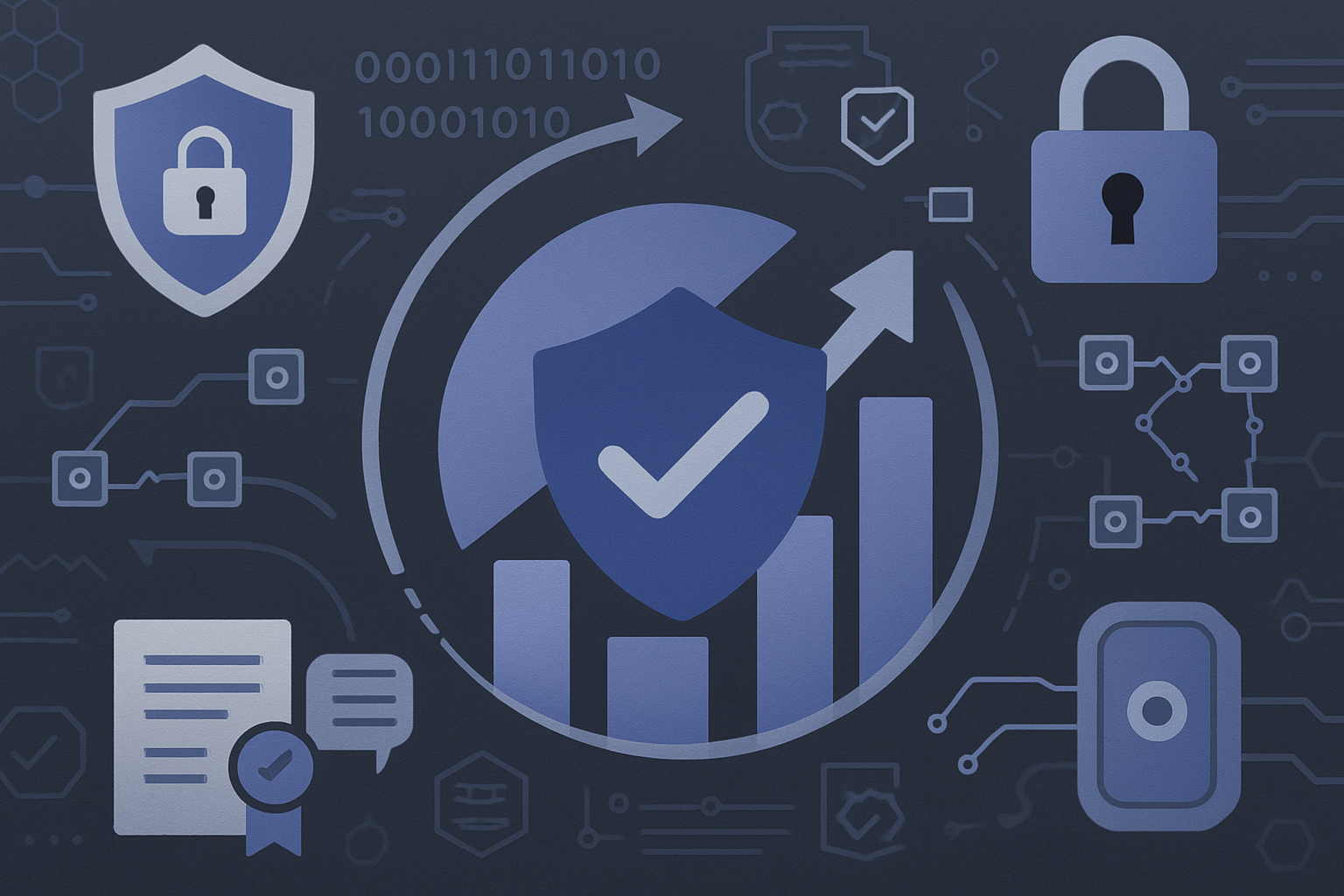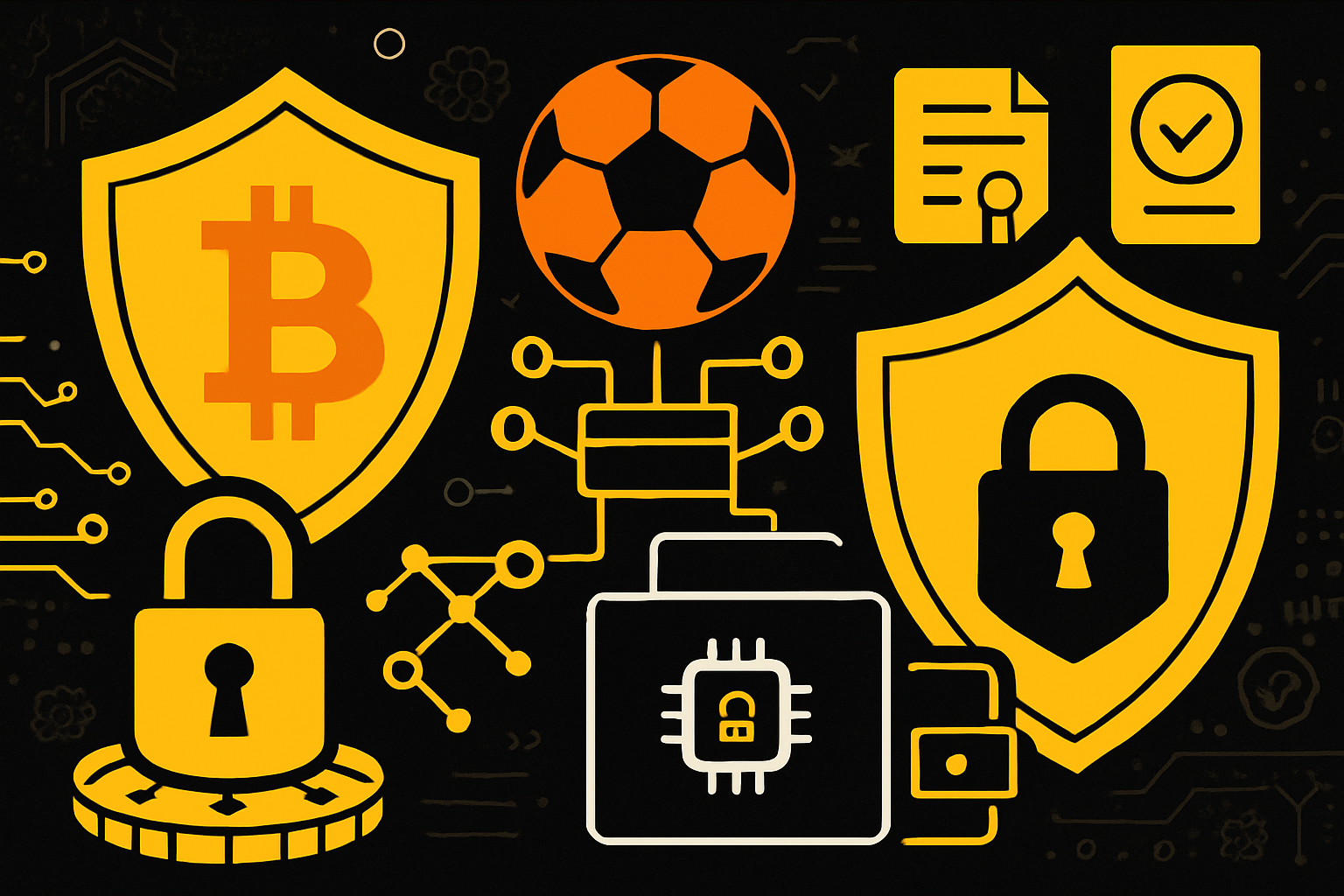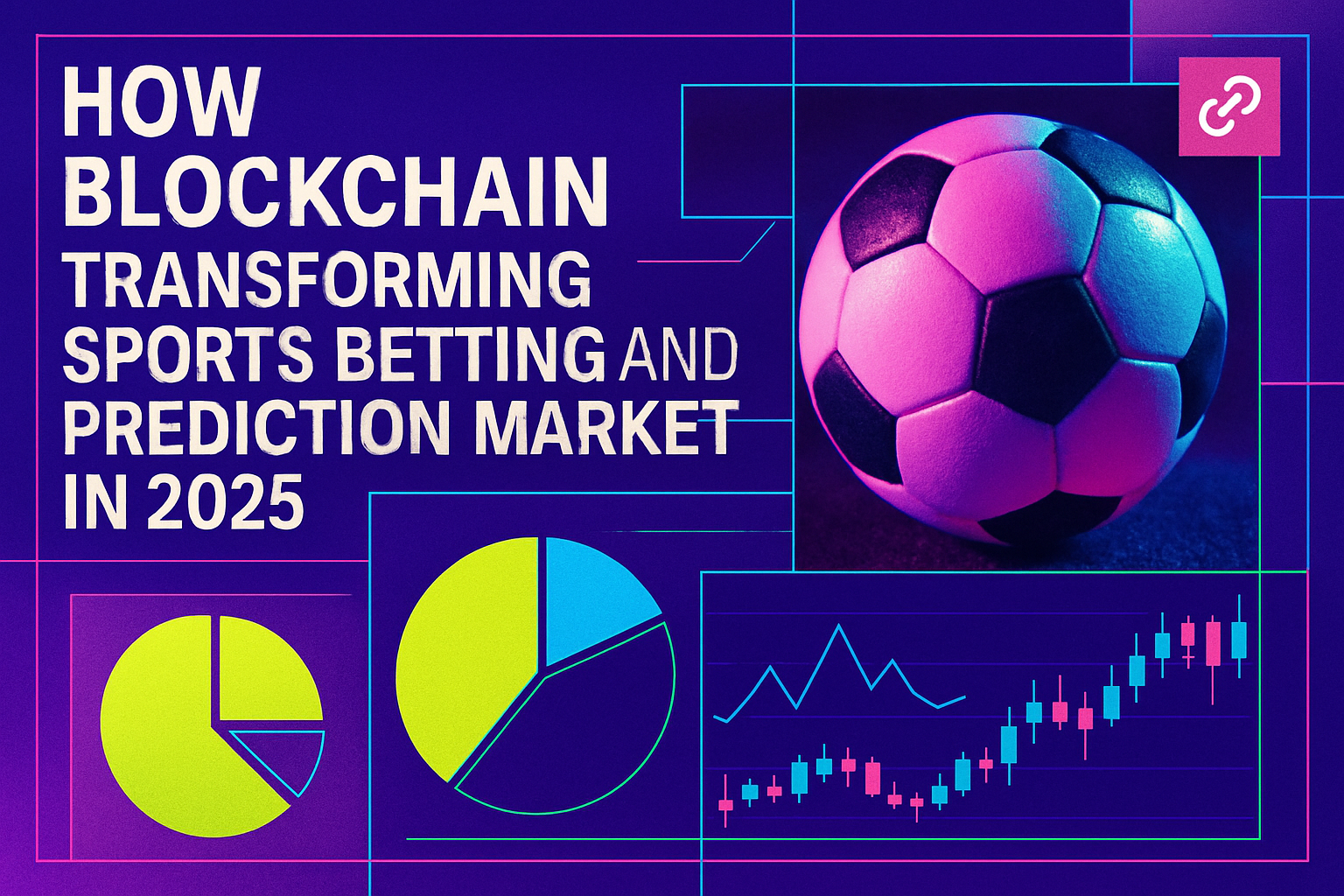How Prediction Markets Are Disrupting Election Forecasting in 2025

Prediction markets have upended the landscape of election forecasting in 2025, offering a radically different approach from traditional polling. Rather than relying on static surveys or expert panels, prediction markets aggregate real money bets and diverse information sources, producing dynamic, real-time probabilities for political outcomes. This market-driven method has gained traction among crypto enthusiasts, political analysts, and everyday voters seeking more transparent and responsive election insights.

Why Prediction Markets Are Outshining Polls in 2025
The shortcomings of conventional polling have become increasingly apparent. Polls often lag behind breaking news, suffer from sampling biases, and provide only periodic snapshots of voter sentiment. In contrast, decentralized prediction markets like Polymarket and Kalshi update their odds instantly as new information surfaces. Every bet reflects a trader’s conviction that they possess unique insight, whether it’s based on grassroots trends, policy shifts, or insider leaks.
This real-time adjustment is crucial: as Kalshi CEO Tarek Mansour noted in early 2025, “prediction markets offer live information that polls can take weeks to reflect. ” The result is a more fluid and arguably more accurate picture of the electoral landscape. For example, during the 2024 U. S. presidential race, platforms such as Polymarket provided forecasts that outperformed many major pollsters and pundits (University of Cincinnati analysis).
The Blockchain Edge: Transparency and Trust
One major reason for the surge in popularity is blockchain technology’s ability to deliver tamper-proof records and decentralized settlement. Unlike opaque betting shops or centralized bookies, crypto-based platforms ensure every transaction is recorded immutably on-chain, bolstering trust among users wary of manipulation or delayed payouts.
This transparency has attracted both seasoned traders and newcomers seeking to put their money where their political convictions are. As noted by DappRadar in its Ultimate Guide to Blockchain Betting, these platforms are not just about speculation, they’re efficient aggregators of public knowledge.
Regulatory Milestones Fueling Mainstream Adoption
The regulatory environment has shifted dramatically in favor of prediction markets this year. In March 2025, Robinhood made headlines by integrating a prediction markets hub into its app, allowing millions to trade on events ranging from elections to Federal Reserve decisions (Reuters coverage). Even more significant was the U. S. Commodity Futures Trading Commission (CFTC) approval for Polymarket’s relaunch stateside after three years away (Reuters report). These moves have lent legitimacy to an industry once dismissed as fringe gambling.
Still, challenges remain. Critics point to risks like market manipulation or low liquidity distorting prices, issues regulators are watching closely. Yet with each regulatory milestone crossed, decentralized prediction markets gain credibility as a tool not just for betting but for serious election forecasting.
Beyond regulatory acceptance, the sheer accessibility of decentralized platforms is reshaping participation. In 2025, anyone with a smartphone and a crypto wallet can place conviction bets on political outcomes, whether it’s a major U. S. presidential race or local referenda. This democratization expands the pool of information feeding into market odds, making them more robust and less prone to elite bias. As these markets scale up, liquidity has improved, especially around high-profile events, helping to dampen price volatility and further refine real-time election odds.
Challenges: Manipulation Fears and the Debate Over Legitimacy
Despite their momentum, prediction markets are not without controversy. Some critics argue that the resemblance to gambling undermines their legitimacy as forecasting tools. There are also concerns about market manipulation, bad actors could theoretically influence prices with large trades or misinformation campaigns. Regulatory scrutiny remains intense; the CFTC continues to monitor event-based derivatives for signs of abuse or systemic risk (Reuters coverage).
Still, many analysts contend that the transparency of blockchain betting makes manipulation harder than in traditional venues. Every transaction is auditable, and decentralized governance models allow communities to flag suspicious activity. The debate over whether prediction markets are a form of informed forecasting or just another flavor of speculation will likely persist as adoption widens.
The Impact: Real-Time Election Odds Shape Campaigns and Public Perception
The influence of real-time election odds now extends well beyond traders and bettors. Campaign strategists monitor decentralized prediction markets like Polymarket and MyriadMarkets for early signals of shifting sentiment, sometimes even adjusting messaging or resource allocation based on sudden swings in market confidence. Media outlets increasingly cite market-driven probabilities alongside poll numbers, giving audiences a more nuanced view of electoral dynamics.
This feedback loop between prediction markets, campaigns, and public discourse is accelerating the shift toward data-driven politics. While some studies suggest that these platforms did not always outperform traditional methods in 2024 (Better Markets analysis), their growing accuracy and transparency have cemented them as essential tools for anyone seeking an edge in election forecasting.
Looking Ahead: The Future of Election Forecasting Is On-Chain
The trajectory is clear: as blockchain-based betting platforms become more mainstream and regulatory frameworks mature, decentralized prediction markets will continue to disrupt how we forecast, and even experience, elections. Platforms like Polymarket have already shown their potential by aggregating diverse viewpoints into actionable probabilities (University of Cincinnati analysis). With conviction betting growing in popularity and new entrants like MyriadMarkets pushing innovation further, 2025 marks a turning point where election forecasting is no longer just about polling data but about harnessing collective intelligence at scale.
No system is perfect, market-driven odds still require critical interpretation, but the blend of transparency, speed, and inclusivity offered by crypto-powered platforms sets a new standard for trust in political predictions. For those looking to trade on insight rather than intuition, the future is already here, and it’s being written on-chain.
